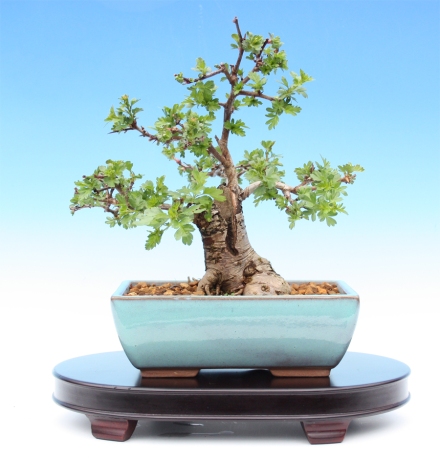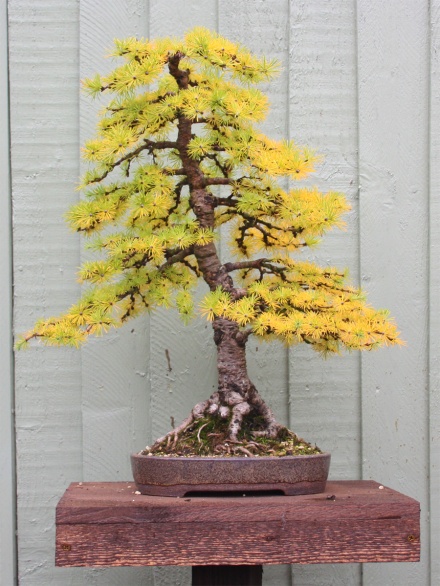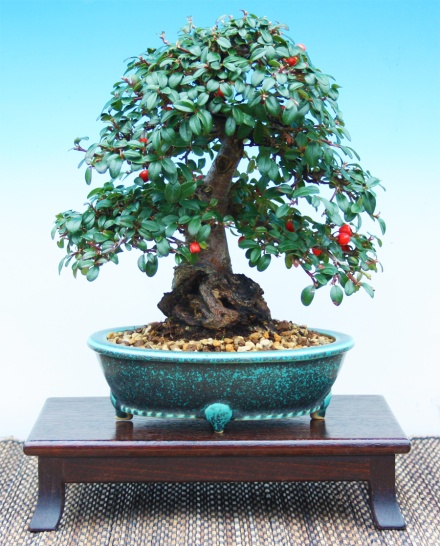Everyone likes a good before and after sequence and this is one of my best. This post plots the journey of one of my shohin hawthorns from the proverbial stick in a pot to a prize winning bonsai in 6 years.
The original material was collected from my garden in 2008. I didnt do much to it, apart from water and feeding until 2012. It was then I decided to chop some of these trees back to develop them as shohin trees. Shohin trees are those between about 5 and 9 inches.
The first picture shows the first chop in 2012. This had the effect of throwing out new buds further down the trunk

2 years later in 2014, I was able to select the new buds I wanted to keep and chop the tree back again to a point just above the new leader and the bottom feature branch.I also did a little power tool carving around the chop mark to make it look more natural. You can see how it looked at this time in the next picture.

One year on in 2015 and the branches are developing nicely. The next 3 pictures show how it looked in February and May of that year.



In 2016 the tree was transplanted into its first ceramic pot. The next three picture were taken in 2016 and 2017 and show how the branches are begining to mature



In the Spring of 2018, it was transplanted again into a stunning Ian Baillie pot and in May it was entered into the Scottish National Show as a key part of my shohin display. My display was awarded best shohin exhibit and best in show that year. 6 years from a stick in a pot to part of an award winning display. The next 2 pictures show how it looked at this time


2019

In the 4 years that have passed since the show, the branches have continued to mature and it is shaping up to be one of my favourite and best trees.The roots were trimmed back in the Spring of this year (2022) and the final picture shows how it looks at the moment














































